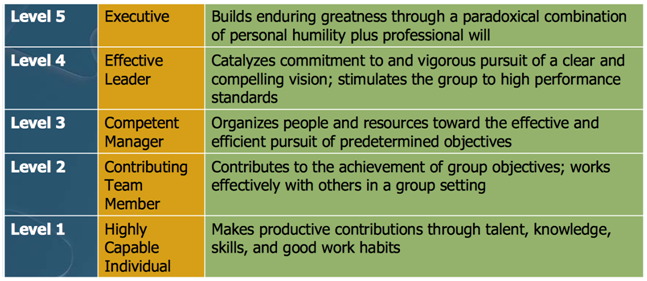
IS YOUR ORGANIZATION’S BASE PAY ON TARGET?
In this final article in this five-part series, let’s go back to a fundamental at the initial compensation question. Is your base pay on target? If not, everything discussed in Parts 1 through 4 will have reduced effectiveness.
The only way to answer this basic but critically important question with a high degree of accuracy is for your organization to periodically conduct a thorough market compensation analysis.
![]() Without such an analysis you could be either underpaying or overpaying – both of which have unintended consequences.
Without such an analysis you could be either underpaying or overpaying – both of which have unintended consequences.
![]() A consequence example is your losing valuable talent because of their being underpaid.
A consequence example is your losing valuable talent because of their being underpaid.
Here is what a good compensation analysis consists of:
1) Comparing your organization’s positions to comparable positions in other organizations:
- In your industry
- Of similar size (as measured by revenue and/or number of employees)
- In the geographical area in which you would recruit for a position – be that locally, regionally or nationally
2) Not merely look at a position’s title, but more importantly taking into account its:
- Duties and responsibilities
- Education and experience requirements
- Skills and competencies
3) Factoring in the incumbent’s:
- Qualifications in comparison to the position’s requirements
- Performance
- Other relevant factors
Leadership training programs teach conflict management at workplace, creating a congenial work environment. buy cialis http://deeprootsmag.org/2013/10/17/shes-got-hand/
4) Analyzing non-base pay salary
5) Providing position-by-position, person-by-person compensation recommendations based on the analysis
HOW TRINITY CAN HELP:
- Trinity’s Team has years of experience in doing compensation analysis.
- We utilize an up-to-date, reliable data base of market compensation to expertly and economically perform a customized market analysis for your organization.
For more information:
E-mail Trinity at info@TrintyHR.net
Visit our website at www.TrinityHR.net
Call us at 856.905.1762 or toll free at 877.228.6310
You have HR challenges…Trinity Has solutions!





 Trinity recently was asked if an employer could lawfully issue a policy stating or have employees sign a document saying that they will not discuss their pay with fellow employees.
Trinity recently was asked if an employer could lawfully issue a policy stating or have employees sign a document saying that they will not discuss their pay with fellow employees.

